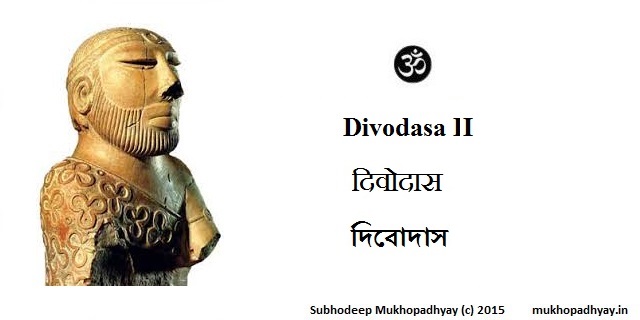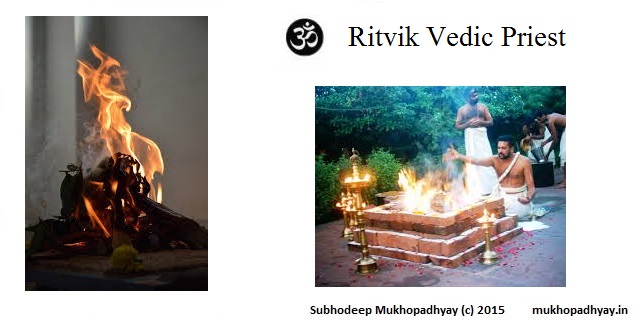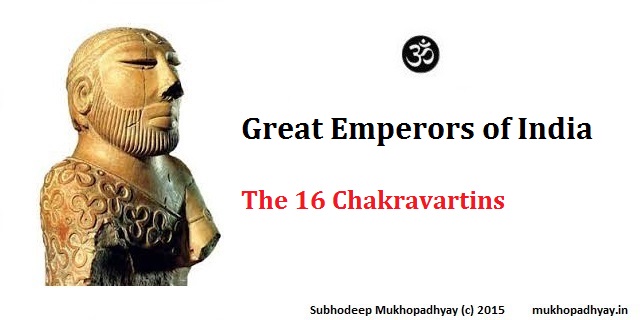Differences between Hinduism and Abrahamic Religions

In this article I will analyze in-depth the differences between Hinduism and Abrahamic Religions. Hinduism is a great religion producing saints and great people, whereas Christianity and Islam consistently produce morons, bigots and terrorists. The best Christians are those who have never read the Bible or gone to the Church. The best Muslim is he who has never read the Koran or done the Azan. As a Hindu myself, I always found this Christian/ Muslim concept of "religious tolerance" very odd and disturbing. Hindus are taught to accept and embrace every person. Hindus do not kill people in the name of religion like Muslim terrorists. Hindus do not criticize or make fun of any other religion. Hindus do not try to convert anyone like Christian Missionaries. Yet people call Hindus "facists" and what not, and still talk about the non-existent so-called caste discrimination which is largely a myth. Why does Christianity produce so many bigots and pompous jerks?...



